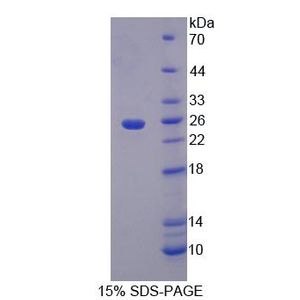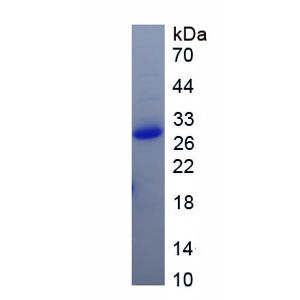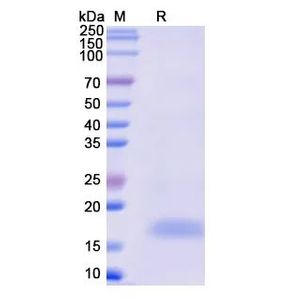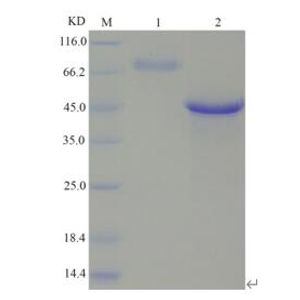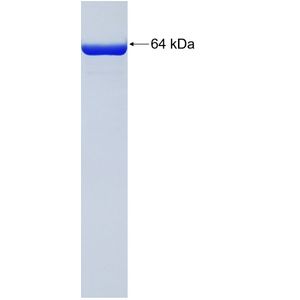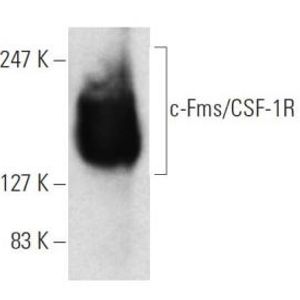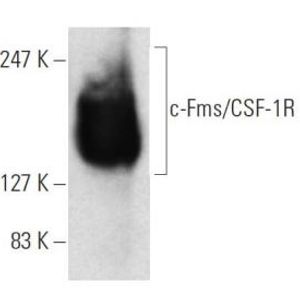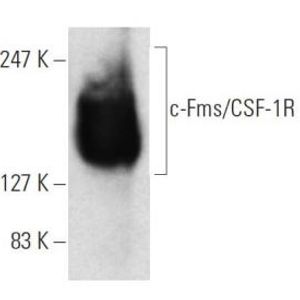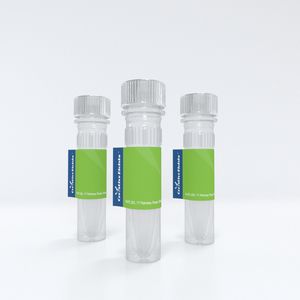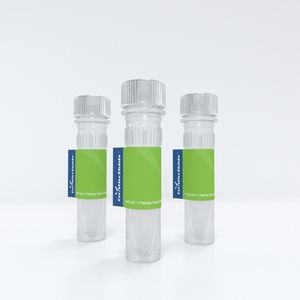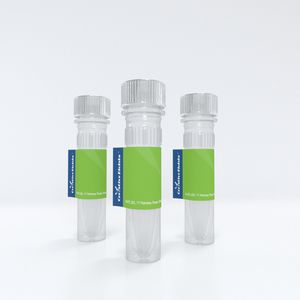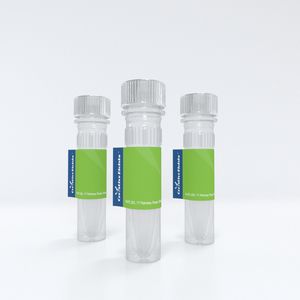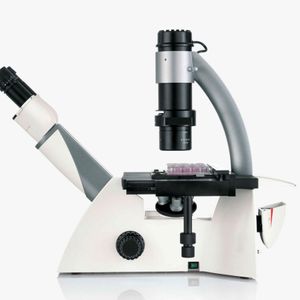
Malate Dehydrogenase 2 Activity Assay Kit | Creative BioMart
Mitochondrial malate dehydrogenase (MDH2, P40926) is a 35.5 kDa enzyme that catalyzes the conversion of malate into oxaloacetate (using NAD+) and vice versa. (EC 1.1.1.37) Several isozymes of malate dehydrogenase exist, depending on where they are localized in the cell and their specific dependence on NAD+ or NADP+ (only in chloroplasts). There are two main isoforms in eukaryotic cells. One is found in the mitochondrial matrix (MDH2), participating as a key enzyme in the citric acid cycle that catalyzes the oxidation of malate. The other is found in the cytoplasm (MDH1), assisting the malate-aspartate shuttle with exchanging reducing equivalents so that malate can pass through the mitochondrial membrane to be transformed into oxaloacetate for further cellular processes. Because malate dehydrogenase is closely tied to the citric acid cycle, regulation is highly dependent on TCA products. High malate concentrations stimulate MDH activity, and, in a converse manner, high oxaloacetate concentrations inhibit the enzyme. Enzyme activity is enhanced by acetylation.



